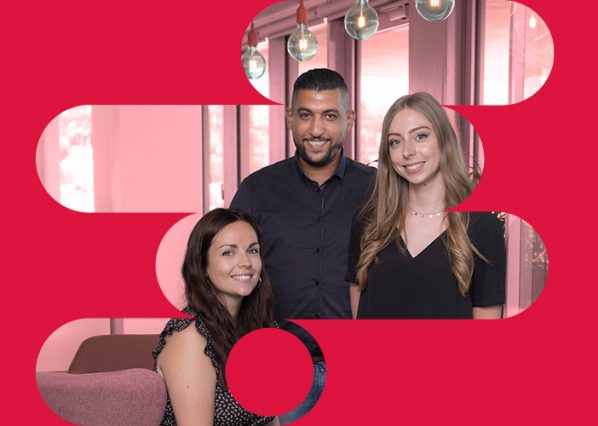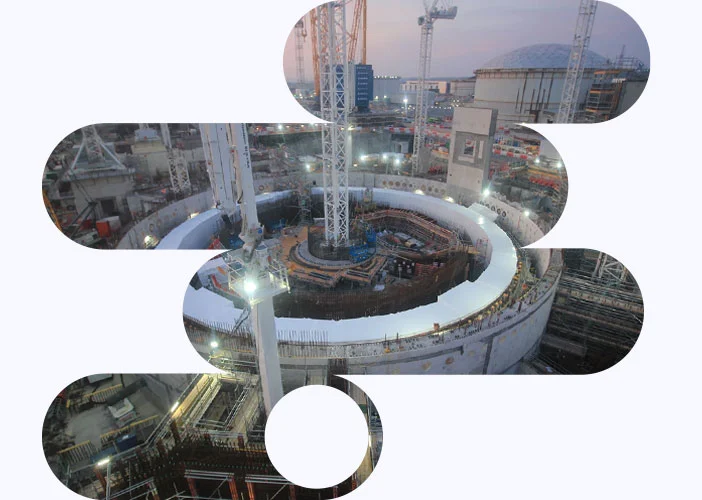

l'offre jumeau numérique d'Assystem
Considéré comme un élément clé de l’industrie 4.0, le jumeau numérique accélère la transformation digitale en relevant les défis de l’ensemble du cycle de vie des systèmes complexes.
Fort de sa maîtrise des projets d’ingénierie complexes et de son expertise dans le digital, Assystem peut intervenir sur tout ou une partie de la démarche de conception, de modélisation et d’intégration d’un jumeau numérique.

Fusion nucléaire
La fusion nucléaire est une technologie d'avenir et pourrait transformer la production d’électricité mondiale en 2050 en offrant le potentiel d’une énergie abondante, utilisant une source de combustible durable et sans impact environnemental nuisible.
Face à ces perspectives d’envergure, les équipes d’Assystem participent activement aux projets internationaux d’énergie de fusion depuis près de 20 ans et se positionne en tant que partenaire engagé dans le développement de technologies à faible émission de carbone.
Nos références

Rejoignez les switchers
Vous souhaitez rejoindre un collectif engagé ayant à cœur d’opérer le switch énergétique ?
Rejoignez-nous !
Nos dernières actualités
Assystem et Dassault Systèmes s’associent pour accélérer le développement des réacteurs modulaires avancés
Voir plusLe Digital au service de la performance opérationnelle du parc nucléaire français
Voir plusAssystem poursuit sa croissance et ambitionne de recruter en France 1 500 nouveaux collaborateurs en 2024
Voir plus Podcast
Switch On
S2 - Épisode 1 | Comment délivrer les nouveaux programmes nucléaires à travers le monde ?
Dans cet épisode spécial, le premier de la saison 2, nous allons nous intéresser à la renaissance de l’énergie nucléaire, acceptée comme un pilier stratégique du mix électrique de certains pays, pour accélérer leur transition énergétique.


